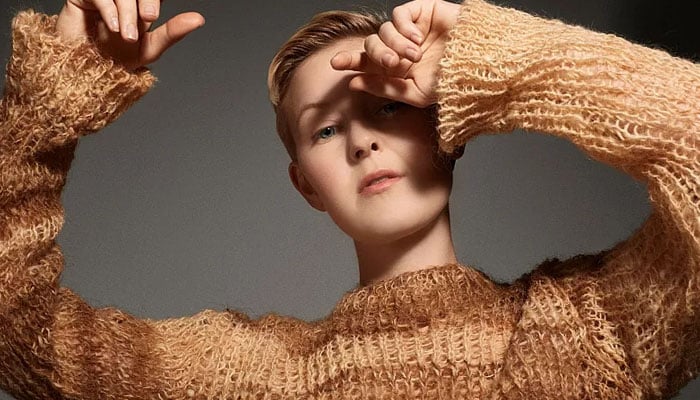Contrary to popular belief, keratin protein fibres, which are the building blocks of both human hair and a woolly coat, assist in preserving body heat — one is worn and the other is squandered, and a Dutch company is now wondering why, CNN reported.
By transforming human hair into a cloth, Human Material Loop aims to revolutionise the fashion business. Thus far, the company has produced human hair coats, jumpers and blazer prototypes in the hopes that apparel firms may eventually purchase rolls of their substitute material for their own designs.
Zsofia Kollar, a co-founder, says she has always been captivated by the possibility of using hair as cloth. The feelings individuals had for it fascinated her. “How much we care about our hair, but once it’s cut, we are so disgusted by it,” she said.
After experiencing an identity crisis as a designer during the Covid-19 outbreak, Kollar resolved to address the waste problem in the hair business.
Every minute, salons in the US and Canada produce 877 pounds of waste. When hair breaks down without the presence of oxygen, like in a garbage bag buried in a landfill, it releases greenhouse gases that contribute to climate change.
According to Human Material Loop, 72 million kilograms of human hair waste end up in European landfills every year, the equivalent in weight of seven Eiffel Towers.
“It’s a big abundant waste stream that currently has no scalable solution,” Kollar said. She adds that most countries burn this waste and that many alternative solutions are not environmental friendly or aren’t suitable to be widely used.
According to Kollar, knitting a jumper using hair fabric is not all that different from knitting with any other material. To create yarn, short hairs are spun together, made into a continuous thread, and then coloured using pure colours. She continued by saying that, depending on which is most productive, the corporation may colour the yarn or the cloth as it increases output.
Human Material Loop’s first prototype was a sweater with a wool-like feel. “I needed to make a product that people can relate to, and the jumper was one of the most feasible prototypes we could make, but also the most relatable,” Kollar said.
Since then, the business has tested more designs, such as an outdoor garment that is filled with hair to give thermal insulation. During a trip to Aconcagua, Argentina’s highest peak, the coat was tested in challenging conditions.
The goal is to provide the material for other designers and businesses to work with; these designs are not for sale. Once it reaches a larger manufacturing scale, according to Kollar, the pricing should be competitive with wool.
“We do know that to wear human hair on our bodies, it’s not something that most people are ready [for] yet,” Kollar said. But she believes the idea could grow with the public. For Kollar, it’s not simply about wearing a jumper made from human hair for the novelty or sustainability aspect; she argues that human hair is an incredibly durable material.
Human Material Loop gets its hair from hair salons in the Netherlands, Belgium, and Luxembourg. According to the company, hair that has been chopped or broken off does not contain nuclear DNA that can be used to identify a specific person. It is in the process of creating a documentation chain that will allow it to track the origin and destination of its materials.




